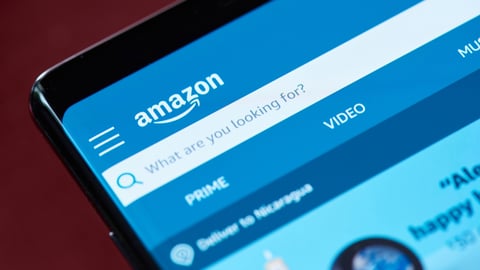How Deep Learning Can Bring Innovation to CG Marketing
Consumer goods brands face a unique set of challenges. While they are able to advertise their products directly to consumers, the way the marketplace is set up is a roadblock to CG companies directly measuring what effect those ads have had on an individual consumer’s purchases.
Moreover, the expansion of e-commerce and the sudden explosion in the number of direct-to-consumer (DTC) brands has given consumers license to completely break free of the bonds of brand loyalty, further deepening the need for traditional CG companies to find ways to attract a steady flow of new customers.
Enter deep learning: Thanks to the groundbreaking technology’s ability to take brands’ first-party data and transform the information into actionable insights that can be applied in real time, CG marketers can finally optimize their advertising efforts to find new buyers for their products and spend ad budgets as efficiently as possible.
As it currently stands, companies like Procter & Gamble, Clorox, Nestle and Unilever rely heavily on their retail partners to report back on in-store sales and performance, and use this information to gauge the effectiveness of their current advertising and determine which audiences they should be reaching out to. These insights are highly useful, but they do not give CG brands the opportunity to drive — or even measure — incremental conversions. Nor do they allow these companies to gain a clear picture of their customers’ behaviors and purchasing patterns.
However, the data landscape is changing for CG brands. Many now have access to one-to-one deterministic data on a portion of their sales, information that not only gives greater insight into the types of behaviors and motivations that lead someone to make a purchase but also can be used to power deep learning algorithms.
Now, brands can take the information they collect from those brand-loyal customers who subscribe to recipe newsletters, sign up for online promotional coupons or order online from new DTC brands to empower their deep learning algorithms to find new prospective customers, optimize media buying, and drive sales.
Once equipped with this data, deep learning algorithms can use this information to find patterns that can be applied to the population at large. If marketers are looking to find new, receptive audience clusters to advertise to, they can direct the algorithm to identify any common traits or behaviors that existing brand customers have, and look through other audience profiles to identify people with matching characteristics who might be strong candidates for conversion. Unlike traditional marketing strategies, deep learning can pinpoint any cluster of potential customers, regardless of how small.
Deep learning also helps brands differentiate between existing customers and those who need additional exposure to advertising messaging to convert. Traditionally, brands of all types have struggled to make this distinction, resulting in much wasted advertising spend and missed opportunities.
Deep learning’s advanced incremental lift abilities allow brands to avoid spending digital dollars on advertising to customers who are already brand-loyal thanks to television ads and other traditional media campaigns, and instead focus on potential customers who need an extra push on digital channels in order to make the purchase.
Not only that, deep learning algorithms use patterns gleaned from deterministic data, first-party data and consumer behavior data to determine the most effective ways of reaching those consumers who are still on the fence. By using information from existing customers, brands can find new, receptive audience clusters to advertise to while optimizing media buying and targeting strategies for each impression and potential customer in real time.
As CG brands are far too aware, consumer behavior and purchasing patterns have changed drastically over the last seven months. Gaps in the supply chain have forced consumers to seek out new brands, which in turn gives CG companies the opportunity to convert those who may have only shopped with them out of necessity into loyal customers.
Deep learning not only gives brands the ability to optimize their campaigns in real time, it also gives them the opportunity to understand, deliver and measure incrementality for performance marketing campaigns. CG brands who have previously struggled to get access to deterministic data, can now, with the aid of deep learning, know precisely how well their digital campaigns are performing and what action is needed to add another customer to the fold.
Jeremy Fain is CEO and founder of Cognitiv.




